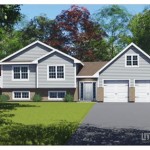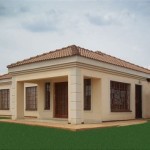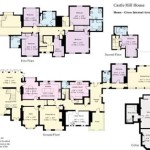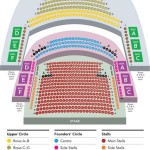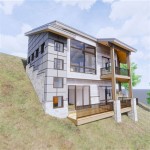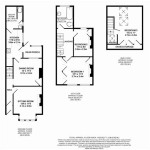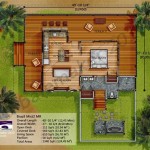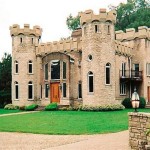Essential Aspects of House Plans for Log Cabin Homes
Log cabins are a timeless classic, embodying the charm and warmth of a rustic retreat. Designing a log cabin home requires careful planning and consideration of specific aspects to ensure a functional and aesthetically pleasing living space.
The Basics of Log Cabin Construction
Log cabins are typically built with horizontally stacked logs, creating a sturdy and weather-resistant structure. The logs are usually notched or fitted together at the corners, providing strength and stability. The walls are often filled with insulation to enhance energy efficiency and comfort.
Choosing the Right Floor Plan
The floor plan is a critical element that determines the layout and functionality of the cabin. Consider the number of bedrooms, bathrooms, and living spaces required. Open-concept plans provide a spacious and airy feel, while more traditional layouts offer separate rooms for privacy and seclusion.
Roof Design and Pitch
The roof design significantly impacts the cabin's aesthetics and practicality. A steep roof pitch is more resistant to snow and rain accumulation, while a lower roof pitch provides a wider attic space. Choose a roof material that complements the rustic cabin style, such as shingles, metal, or thatch.
Window and Door Placement
Windows and doors provide natural light, ventilation, and access to the outdoors. Strategic placement of windows and doors can maximize sunlight, create stunning views, and enhance the overall aesthetics of the cabin. Consider energy efficiency by choosing windows and doors with insulated frames.
Building Permits and Codes
Before starting construction, it is essential to obtain the necessary building permits and comply with local building codes. These regulations ensure the safety and structural integrity of the cabin. Consult with local authorities to determine the requirements and specifications.
Utilising Natural Materials
Log cabin homes benefit from incorporating natural materials to enhance the rustic charm. Consider using materials such as stone, wood, and leather for flooring, countertops, and furniture. These materials create a warm and inviting atmosphere, harmonizing with the natural surroundings.
Outdoor Living Spaces
Expanding the living space to the outdoors is a key aspect of log cabin design. Create inviting outdoor areas such as decks, patios, or porches to connect with nature and enhance the overall livability of the cabin. These spaces can be used for dining, relaxation, and enjoying the surrounding beauty.
Conclusion
Designing log cabin homes requires thoughtful consideration of various aspects, from construction methods to floor plans, roof design, and natural materials. By carefully planning each element, homeowners can create a functional, aesthetically pleasing, and inviting log cabin retreat that reflects their personal style and embraces the rustic charm of nature.

10 Bedroom Log Cabin Floor Plans Ideas House Home

Log Cabin Floor Plans Many To Choose From

Small Log Homes Kits Southland

Pin On Home Plans

Browse Floor Plans For Our Custom Log Cabin Homes House Home

Browse Floor Plans For Our Custom Log Cabin Homes House Home

Frontier Log Homes Luxury Cabin Montrose Co

Grandfathermountainloghomes Com Cabin House Plans Dream Cottage

Log Cabin Floor Plans Kintner Modular Home Builder Pennsylvania Quality Prefab Contractor

Log Home Floor Plans Engineering Custom Blueprints

